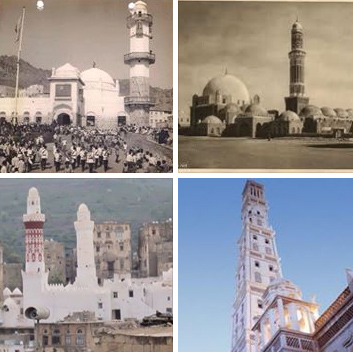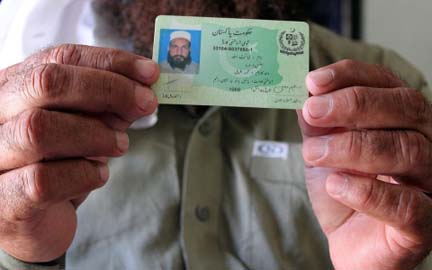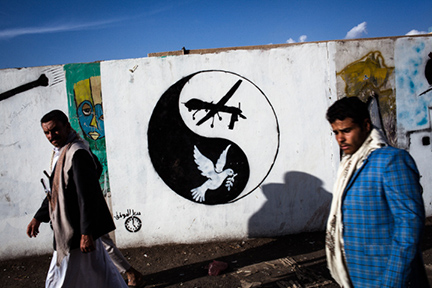الى اللاعبين السياسيين الذين يلعبون بالنار، النار ستØرق Ùلذات اكبادكم قبل ان تØرق الآخرين.
الى كل المناضلين الطيبين، التهرب من مواجهة الØقائق المريرة، والبØØ« عن شماعات يلقى عليها اللوم ÙÙŠ كل صغيرة وكبيرة، لا ÙŠØÙ„ المشاكل، بل يساعد على تÙاقمها.
الى الأغلبية السلبية من المتÙرجين، سلبيتكم هي الهشيم الذي تنتشر Ùيه نيران الÙوضى والهدم والقتل وتنتزع الابتسامة من وجوه أطÙالكم.
أبناء الجنوب وأبناء الشمال اخوة ÙÙŠ الدنيا والدين، والمخاطر والظلم والمعاناة واقعة على الجميع، والعابثين بأمن واستقرار الجنوب هم العابثين بأمن واستقرار الشمال.
وعلى من أمن بالله ورسوله ان يتذكر قوله تعالى: “وَاذْكÙرÙوا Ù†Ùعْمَةَ اللَّه٠عَلَيْكÙمْ ÙˆÙŽÙ…Ùيثَاقَه٠الَّذÙÙŠ وَاثَقَكÙمْ بÙه٠إÙذْ Ù‚ÙلْتÙمْ سَمÙعْنَا وَأَطَعْنَا Û– وَاتَّقÙوا اللَّهَ Ûš Ø¥Ùنَّ اللَّهَ عَلÙيمٌ بÙذَات٠الصّÙدÙورٔ. صدق الله العلي العظيم
Ù…Øمد اØمد جرهوم
صنعاء اليمن









